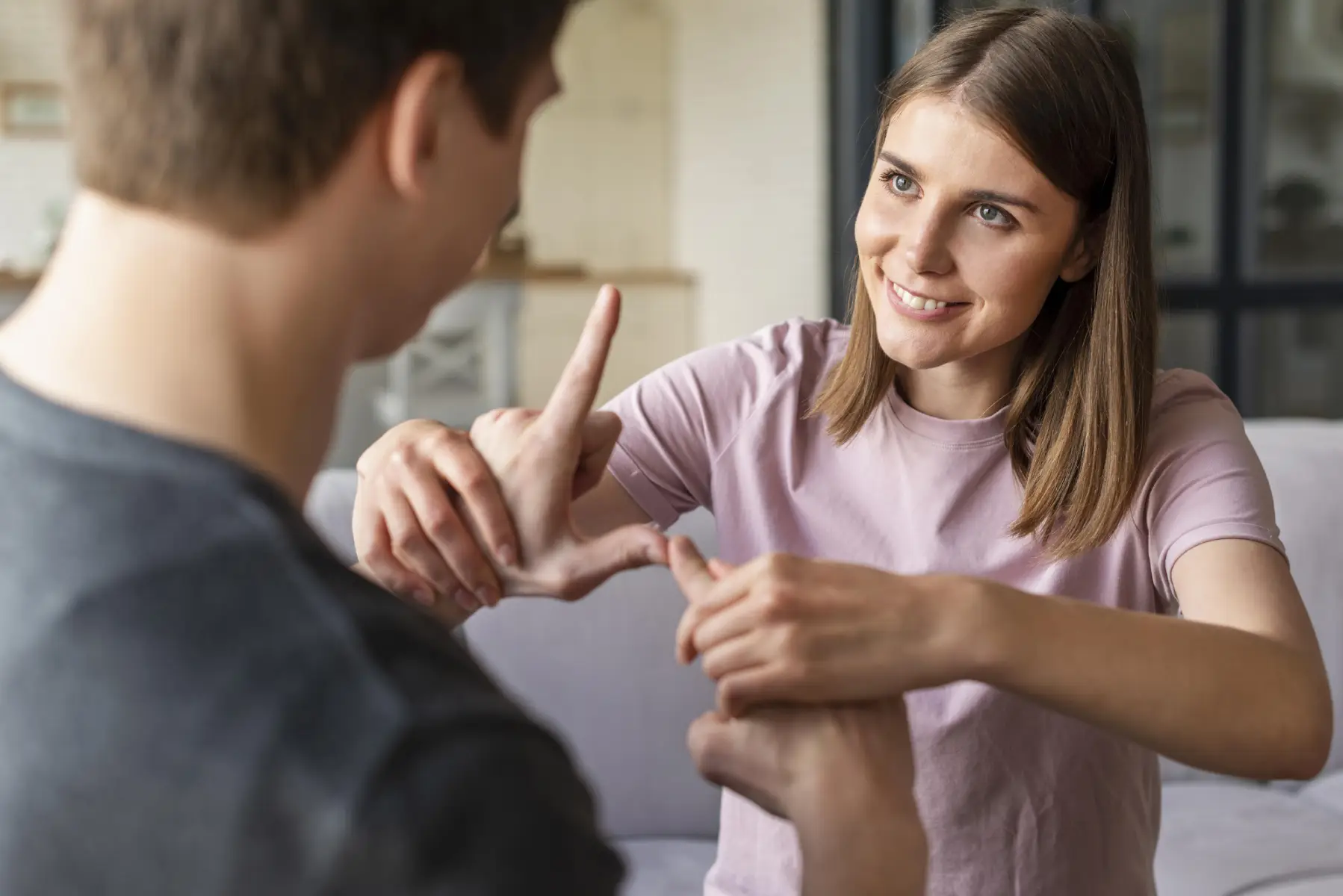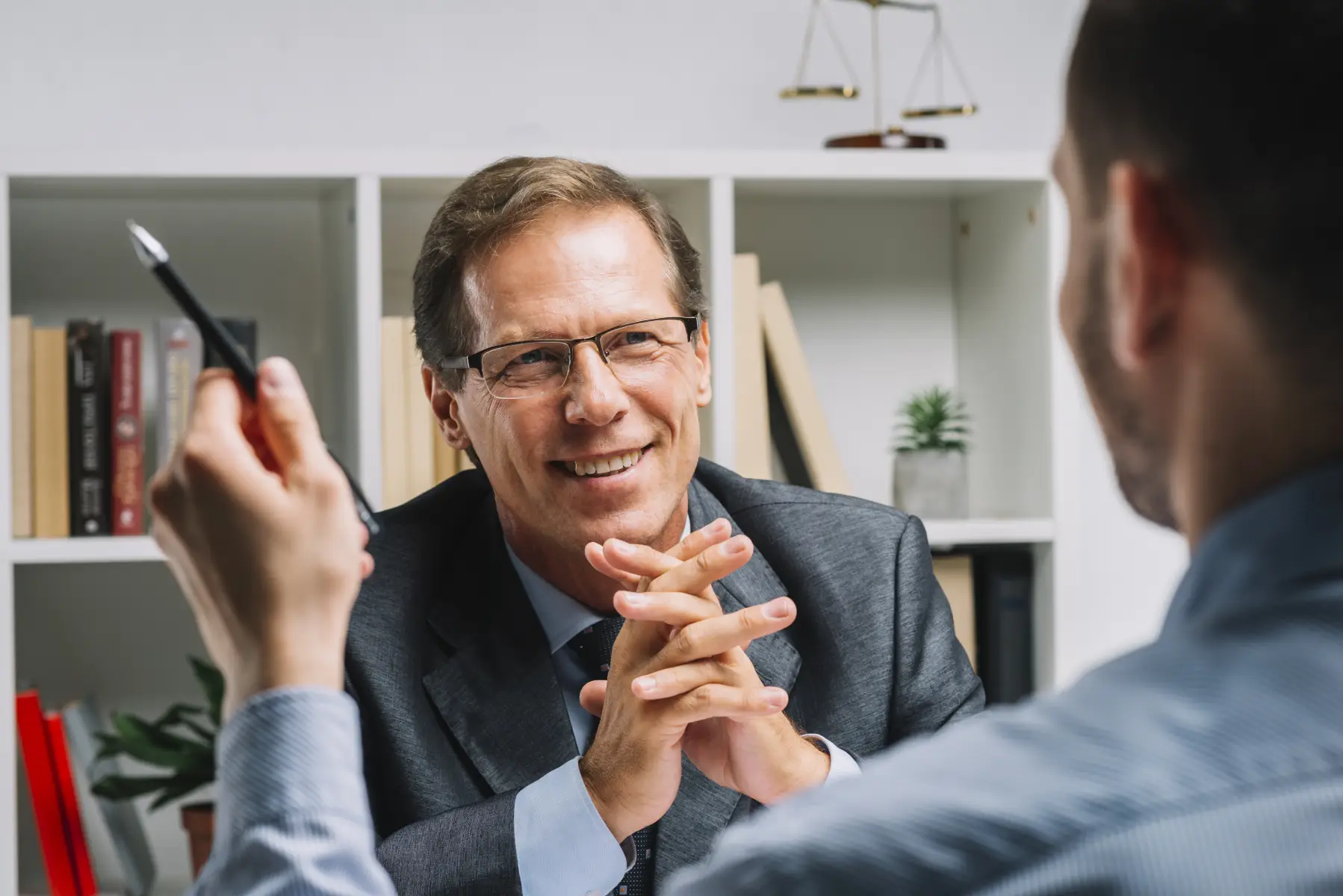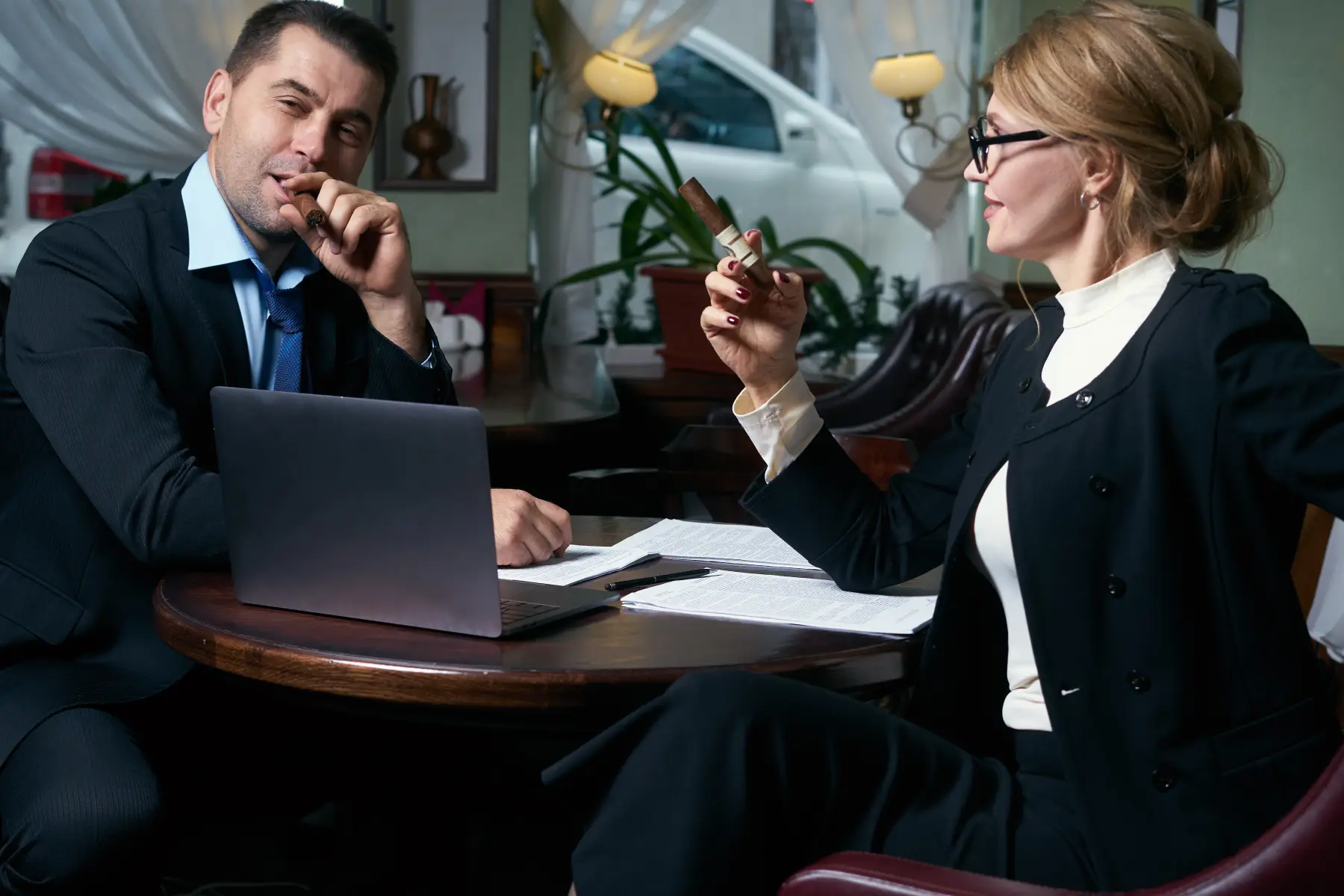Introduction: The Significance of Non-Verbal Communication in Law
Non-verbal communication plays a crucial role in the legal profession, influencing interactions between lawyers, clients, jurors, and colleagues. Body language, gestures, facial expressions, and other non-verbal cues can significantly impact how messages are received and interpreted. In a field where persuasion, trust, and understanding are paramount, being attuned to non-verbal signals can enhance communication effectiveness and contribute to positive outcomes. This guide explores the importance of non-verbal communication in legal contexts, the various cues involved, and practical strategies for lawyers to leverage body language effectively.
Understanding Body Language Cues: What They Convey
Body language encompasses a wide range of non-verbal signals that communicate feelings, attitudes, and reactions. Being aware of these cues can help lawyers interpret the emotions and intentions of others during interactions.
Key Body Language Cues:
- Facial Expressions: Facial expressions are powerful indicators of emotion. A smile can convey warmth and approachability, while a furrowed brow may signal confusion or concern.
- Gestures: Hand movements, nods, and other gestures can emphasize points and demonstrate engagement. Open gestures (e.g., uncrossed arms) suggest receptiveness, while closed gestures (e.g., arms crossed) may indicate defensiveness.
- Posture: Body posture conveys confidence and authority. Leaning slightly forward can signal interest and engagement, while slouching may suggest disinterest or low confidence.
- Eye Contact: Sustained eye contact can demonstrate confidence and sincerity, while avoiding eye contact may be perceived as evasive or lacking confidence.
- Proximity: The physical distance maintained during a conversation also conveys messages. Closer proximity can indicate intimacy or urgency, whereas too much distance can create a sense of alienation.
Understanding these cues enables lawyers to communicate more effectively and interpret the responses of others accurately.
Techniques for Effective Non-Verbal Communication
Lawyers can employ specific techniques to enhance their non-verbal communication skills and improve interactions with clients, colleagues, and jurors.
1. Maintain Open Body Language
- Open Posture: Adopt a stance that is open and inviting. Avoid crossing arms or legs, which can signal defensiveness.
- Facial Expressions: Use facial expressions that align with the message you are conveying. A genuine smile can set a positive tone in interactions.
2. Use Appropriate Eye Contact
- Sustained Eye Contact: Maintain eye contact to establish trust and engagement. However, be mindful of cultural differences regarding eye contact norms.
- Avoid Staring: While eye contact is important, excessive staring can make others uncomfortable. Balance is key.
3. Be Aware of Personal Space
- Adapt Proximity: Respect personal space based on the context of the conversation. In professional settings, maintain a comfortable distance while remaining approachable.
- Adjust Based on Feedback: Pay attention to clients’ body language regarding their comfort levels. Adjust your proximity if they seem uneasy.
4. Use Gestures Strategically
- The Power of Gestures: Use purposeful hand gestures to emphasize points and convey enthusiasm. This can enhance engagement and understanding.
- Avoid Distracting Movements: Be mindful of fidgeting or distracting movements that may detract from your message.
By employing these techniques, lawyers can effectively leverage non-verbal communication to support their verbal messages and build stronger connections.
Recognizing Clients’ Body Language
Understanding clients’ body language is essential for lawyers to gauge their feelings, concerns, and reactions. By being attuned to clients’ non-verbal cues, lawyers can respond appropriately and enhance communication.
Key Aspects to Recognize:
- Signs of Anxiety or Stress: Watch for signs such as tapping fingers, avoiding eye contact, or fidgeting. These cues may indicate a client’s unease or concern about the legal process.
- Signs of Engagement: Positive body language, such as nodding and leaning forward, indicates that clients are engaged and interested. Acknowledging this engagement can build rapport.
- Defensiveness: Crossed arms or backward leaning can suggest defensiveness. If a client exhibits these cues, lawyers should adjust their approach to foster a more open dialogue.
- Emotional Reactions: Be sensitive to emotional responses, such as tears or laughter. Responding empathetically can strengthen the lawyer-client relationship.
By recognizing and interpreting clients’ body language, lawyers can foster better communication and address concerns effectively.
Case Studies of Successful Non-Verbal Communication in Practice
Examining real-life examples of effective non-verbal communication can provide valuable insights into its impact in legal settings.
Case Study 1: Jury Persuasion
During a trial, a defense attorney effectively utilized body language to engage the jury. The attorney maintained open posture, made consistent eye contact, and used purposeful gestures to emphasize key points during the opening statement. As a result, jurors felt connected and engaged, leading to a more favorable reception of the arguments presented.
Case Study 2: Client Consultations
In a consultation, a family law attorney recognized signs of anxiety in their client’s body language, such as tapping fingers and avoiding eye contact. The lawyer responded by adopting a more relaxed posture, using empathetic facial expressions, and encouraging open dialogue. This helped the client feel more comfortable and led to a productive discussion about their case.
These case studies illustrate the powerful influence of non-verbal communication in legal practice and the importance of being mindful of body language.
Coaching for Improving Non-Verbal Skills
Coaching can be an effective way for lawyers to develop and refine their non-verbal communication skills. Engaging with a coach provides structured support and guidance.
Benefits of Coaching:
- Personalized Feedback: Coaches can observe lawyers’ body language and provide tailored feedback on areas for improvement.
- Role-Playing: Through role-playing scenarios, lawyers can practice non-verbal communication techniques in a safe environment, allowing for experimentation and learning.
- Skill Development: Coaches can focus on specific skills, such as improving gestures, posture, or eye contact, enabling targeted development.
- Increased Confidence: By practicing non-verbal techniques in coaching sessions, lawyers can build confidence in their body language skills, leading to improved interactions.
By incorporating coaching into their professional development, lawyers can enhance their non-verbal communication abilities.
Conclusion: Practicing Non-Verbal Strategies
Non-verbal communication is an essential skill for legal professionals, impacting relationships and interactions with clients, colleagues, and jurors. Understanding body language and leveraging it effectively can enhance communication effectiveness and contribute to positive outcomes.
Key Takeaways:
- Understand Body Language Cues: Recognize and interpret various body language signals to enhance interactions.
- Employ Effective Techniques: Use open body language, appropriate eye contact, and purposeful gestures to improve communication.
- Recognize Clients’ Signals: Be attuned to clients’ body language to gauge their emotions and respond appropriately.
- Consider Coaching Support: Engage with a coach to refine non-verbal skills and enhance overall communication effectiveness.
By committing to practice and improve non-verbal communication strategies, lawyers can foster stronger relationships and enhance their effectiveness in legal practice.










